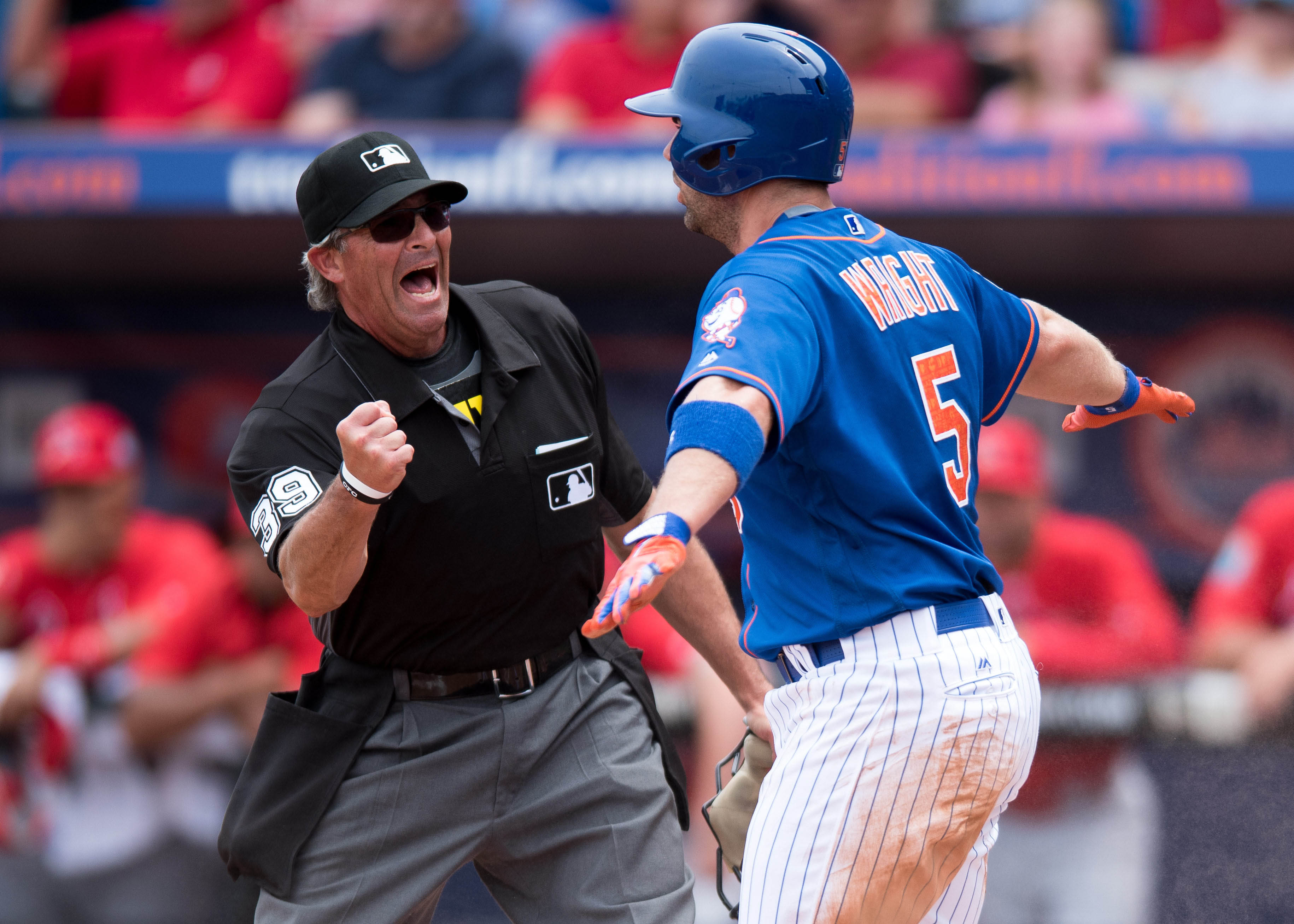The 2007 Mets collapsed, didn’t they? The team had a seven-game division lead on September 12, but after they lost 12 of the final 17 games of the season, the Mets ended up a game behind the division-winning Phillies and didn’t play in October. For a team that was in first place for 159 days of the season (including off days) and lost the division on the final day, the collapse is evident. That’s the #narrative.
But if we remove the context of wins and losses and focus on run differential–a better measure of a team’s overall talent–the season looks a little different. The 88-74 Mets finished with a +54 run differential, which wasn’t far from the marks posted by the division-winning Phillies (+71) and Cubs (+62). But the run differential also lagged a bit further behind the third-place Padres +(77) and Braves (+76), and neither of those teams reached the postseason. The 2007 Mets were undeniably good, but the fact that they missed the playoffs should not be all that surprising. So can we really consider 2007 a collapse?
Of course they did! That’s because context is important, and narratives (even #narratives) are what make things memorable, for better or worse. Citing run differential as a way to make Mets fans feel better about 2007–then or now–is an uphill battle. That’s not the battle we’re going to fight here. We’ll leave the run differential untouched because it tries to neutralize context. Instead, we’ll narrate the season in reverse chronological order—a modification of context. Rather than a collapse, this view of the 2007 Mets is of a scrappy team who just missed out on a late season run.
Let’s look at the Reverse 2007 Mets.
Beginning At The End
After losing to the Cardinals in Game 7 of the 2006 National League Championship Series, the Mets entered the 2007 season with high hopes. A 6-13 start, however, dulled the pre-season shine. Nobody could blame the team’s rough start on David Wright, though. He hit .397/.451/1.027 over this time period.
Over the next month, the Mets alternated hot and cold streaks. They won nine of the next 10 games, elevating the team above .500. They proceeded to give up most of their next set of games though, as they lost nine of the next 11 games, settling in with a 17-23 record. But from this depth, the Mets won seven of their next eight games, resulting in a 24-24 record. They were a .500 team 48 games into the season.
The middle of the road play continued over the next 52 games, as the Mets went 28-24, giving them a record of 52-48 after 100 games. Significantly, David Wright continued his torrential hitting over this run of games. In this stretch of middling play, from Game 65 to Game 116, Wright put up a .336/.437/.576 line, establishing him as a one of the best players in the league.
Next up for the Mets was another cold streak. After going 3-11 in the next 14 games, the team fell to 55-59. But at least David Wright was still hot! By this point, it was clear that he was having an MVP-caliber year, as he hit .360/.429/.660 during this stretch of, on the whole, poor play for the Mets. He would eventually finish with an incredible .351/.441/.584 line for the season.
Over the course of the final 50 games of the season, these storylines diverged. The Mets began the season with a rough stretch, but then reeled off some hot and cold streaks that combined to make the team look suspiciously mediocre. And all the while, David Wright tore the cover off of the ball.
But during the final 50 games of the regular season, the Mets made their case for the postseason. They went 33-17 and never lost more than two consecutive games the entire time. It was a valiant effort, but not enough. Not to point fingers, but if only superstar David Wright didn’t transform back into a normal human being again, things might have turned out differently. He hit .267/.362/.466 in those “final” 50 games, a far cry from his overall season line and earlier performance. Despite their best efforts and a sustained run over the final two months, there would be no October. But, then again, it never really looked like there would be.
—–
So, the context-bound narrative of the 2007 Mets tells the tale of a team that collapsed. A context-neutral view that looks at Pythagorean record–based on run differential–and third-order winning percentage–which eliminates run sequencing altogether in favor of how many runs a team should have scored–suggest that the 2007 Mets were a middling team. Flipping the season around, essentially altering the context rather than neutralizing it, illustrates a team that started slowly and never really got going until the final 50 games of the season, when they came up short. And in this telling, one might think about what could have been if Wright’s Babe Ruth impression had carried over to the Mets’ hot streak.
In the end, however, the 2007 Mets did collapse. It’s easy to slice and dice streaks in the middle to find alternate, feasible ways to view the team. But there’s no good way to spin squandering a seven-game division lead in the final 17 games of the season. If we want to align the Mets’ decontextualized run differential into a context-bound narrative of wins and losses, the big losing and winning streaks should come in the middle. They’d be bookended by .530 ball or so—good, but not great.
The initial narrative still holds up, even though looking at the team in reverse could tell a different kind of story. For better or worse, the 2007 collapse is a more emotionally resonant narrative than some of the alternatives, so that’s the one worth remembering.
Photo Credit: Steve Mitchell-USA TODAY Sports
